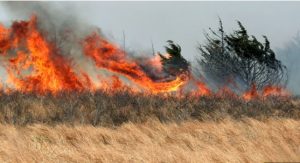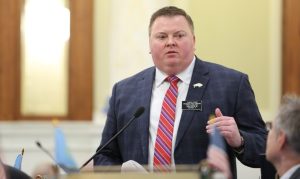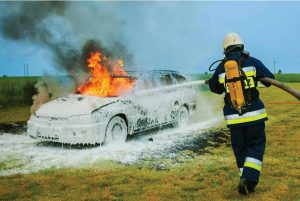
South Dakota faces a pressing issue as woody plants encroach upon its grasslands, displacing native vegetation
PIERRE, S.D. – When picturing a healthy planet, a never-ending supply of trees might come to mind. But for South Dakota’s beloved and shrinking grasslands, experts want to slow the growth of a certain type of tree, saying it’s wreaking havoc on the prairies.
For decades now, conservationists and researchers have been monitoring what’s known as the “Green Glacier.” It’s driven by the spread of eastern redcedar trees from Texas all the way to the Northern Plains.
Dirac Twidwell, University of Nebraska’s professor of agronomy and horticulture, saidone of the drawbacks of this species is their seeds can find their way across a large area in impressive fashion, overwhelming the landscape as they grow.
“We’re seeing the equivalent of deforestation, but it’s trees driving the displacement of our grasslands,” he explained.
South Dakota State University researchers say when these woody encroachments march across the region, native plants suffer, making it hard for them to provide wildlife habitat. Twidwell said it’s also bad news for the livestock industry. Even with some urgency to confront the threat, he thinks the area needs to avoid the mistake of Southern
Plains states and not chase the spread, but instead get in front of it with preventive efforts such as prescribed burns.
Along the southern edge of South Dakota, Tom Hausmann rents out land to ranchers. At first, he didn’t think much of these trees popping up along the property. But he eventually realized their dense canopies were blocking out sunlight for prairie grass to grow.
“Grass is all I have to sell,” Hausmann explained. “So, the bigger the tree gets, the less grass I have, the fewer cattle it can maintain, and it’s just worth less to anyone who wants to rent it.”
Hausmann now works with the Mid-Missouri Prescribed Burn Association to encourage other landowners to be more proactive about keeping these trees of their property. He said it’s something absentee landlords should especially be mindful of.
Twidwell added that it’s not just open grasslands at risk, noting that redcedars create problems for urban areas such as Sioux Falls, too, by potentially fueling dangerous wildfires, harming wetlands, and curbing groundwater supplies. He says the consequences are far-reaching.
“You see impacts that affect every citizen, not just what’s affecting somebody’s individual ranch,” he continued.





